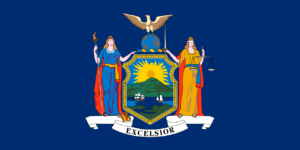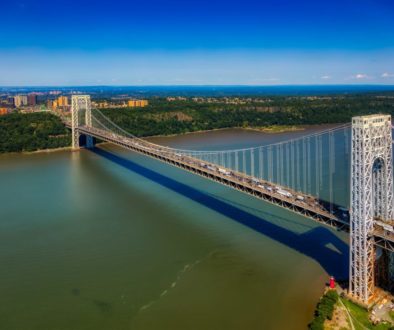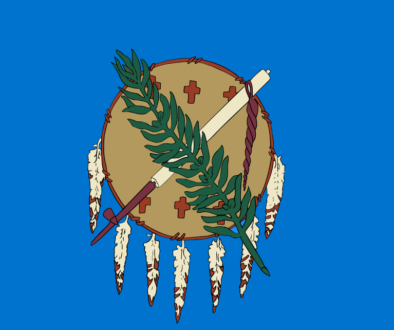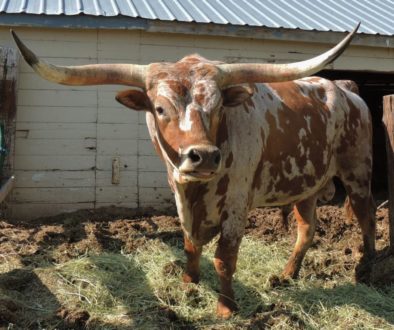New York
History: Indigenous people inhabited the area now called New York about 5000 years ago. Their later descendants included Native American tribes such as the Wampanoag, Mohican, Mohawk, Cayuga, Oneida, and Seneca. In 1624, the Dutch established a colony on what is now Manhattan Island called New Amsterdam. It was renamed New York when the British took control of the area in 1664. New York was one of the 13 original colonies. Following the American Revolution, New York became the 11th state on July 26, 1788. A year later, George Washington was sworn in as the first president of the United States in New York City.
Economy: New York has great economic strength, ranking among the strongest in the world; if it was a country it would be ranked #11. It generates a significant portion of the gross domestic product (goods and services produced) of the U.S. Manufacturing is major, in the form of every kind of transportation, resources of electrical power for residences and companies; conventional coal and oil-burning thermal plants, hydroelectricity and large nuclear capability. About a third of upstate New York is farmland, providing dairying; poultry, eggs, livestock products, fruits, vegetables, and field crops. New York is one of the country’s largest wine producers as well. New York City is the financial capital of the U.S.
Geography: New York’s largest landform is the range of massive Adirondack Mountains. It has many significant lakes including the Finger Lakes chain, Lake Champlain, on its Vermont-border, and Lake George and Oneida Lake. Although New York City is quite urban, most of the rest of New York is made up of meadows forests, rivers, farms, mountains, and lakes. New York City, where 2/3 of the state population lives, is divided into five boroughs (areas) – Brooklyn, Queens, Manhattan, the Bronx, and Staten Island.
Climate: Basically, New York has a humid subtropical climate, (Koppen climate classification) due to the coldest months not staying consistently low enough for snow cover. The region’s climate is greatly affected by its closeness to the Atlantic Ocean. Winters are typically cold with about 15 days not getting higher than 32 degrees Fahrenheit (that’s freezing) Springs tend to be mild, with temperatures in the 50’s , late March, to the lower 80s F in early June.
Fun Facts:
- France gave the Statue of Liberty to the U.S. in 1886 in honor of it’s centennial (100 years old) celebration
- New York’s Public Library is the 3rd largest in the world.
- The first pizzeria in the U.S. opened its doors in NYC in 1895.
- Oysters were once so popular in NYC that in the 19th century the leftover shells were used to pave Pearl Street.
- Over 800 languages are spoken in New York City, making it the most diverse city in the world, in terms of different languages.
- New York City is home to over 8 million people, meaning that 1 in every 38 people in the U.S. live in New York.
Points of Interest:
- Statue of Liberty and Ellis Island National Monument
- New York City – Central Park, Times Square, Empire State Building, Brooklyn Bridge
- Niagara Falls
- Finger Lakes
- National Baseball Hall of Fame and Museum in Cooperstown
- Andirondacks
Six additional sites for more information
kids.nationalgeographic.com/new-york/




